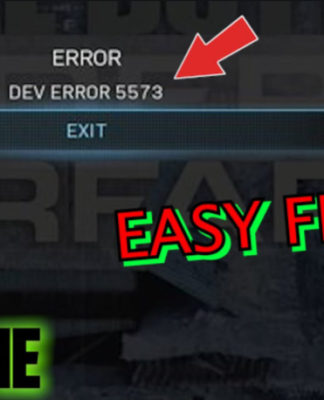Did you know that the storage tank market is expected to be worth nearly three billion dollars in ten years? Clearly, a lot of people are looking to use storage tanks.
And this means that there are a lot of options out there. If you need help buying a storage tank, then you’ve come to the right place. So keep on reading and we’ll take you through everything that you need to know when it comes to buying a storage tank.
Materials of Construction
Before you buy a storage tank, you need to know what you’re going to be storing. This will affect the kind of tank that you’ll want to get.
Aluminum, stainless steel, and carbon steel are common materials to make bolted tanks. Fiberglass and plastic are used for small tanks. The largest tanks are usually made out of concrete and welded steel.
Location and Size
Is your tank going to be limited by height or space requirements? You’ll need to think about choosing between aboveground and underground tanks.
If you have limited space, you’ll want a tank with a smaller diameter. If you have unlimited space then it’s best to go with a tank that’s short but wide.
Proper Design
Have you thought about flow testing at all? Whether you’re storing wood products, chemicals, plastics, or food, each material is going to come with its own storage requirements.
Think about how abrasive and dense the product is. Also, what is its flow requirement? Is it free-flowing like water?
It’s a good idea to flow test your product before you buy a tank for it.
Components Installed at the Factory
If you’re buying a factory-welded tank, it could save you time having the tank installed at the factory. Some builders will install the tank before they ship it. This might cost extra but could save you time in the long run.
Common factory-installed parts include insulation, sensors, fans, control panels, pumps, and feeders.
The Environment
How is the environment going to affect your tank? Roof loads, seismic conditions, and wind loads need to be considered before you buy and install your storage tank.
Tanks that are wide and short are good for areas with a lot of wind and seismic activity. You can also add upgraded exterior protection to defend your tank against industrial, coastal, and corrosive environments.
It’s important that you learn more so that you can truly compare different storage tanks.
Follow Our Guide to Buying a Storage Tank
Hopefully, after reading the above guide, you now have a better idea of what you need to consider when buying a storage tank. As we can see, there are a lot of factors involved. But when you’re more prepared, it will be easier for you to find the right tank for your storage needs.
Check out the rest of our site today for more helpful articles!















